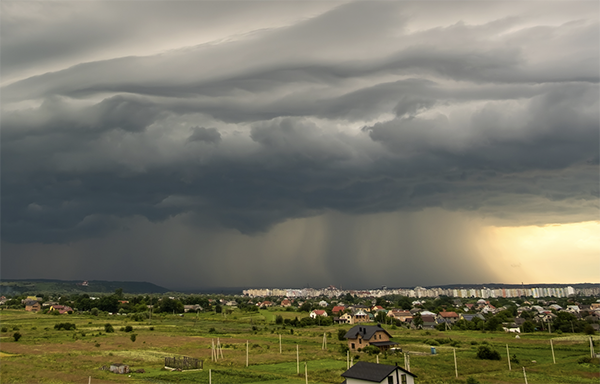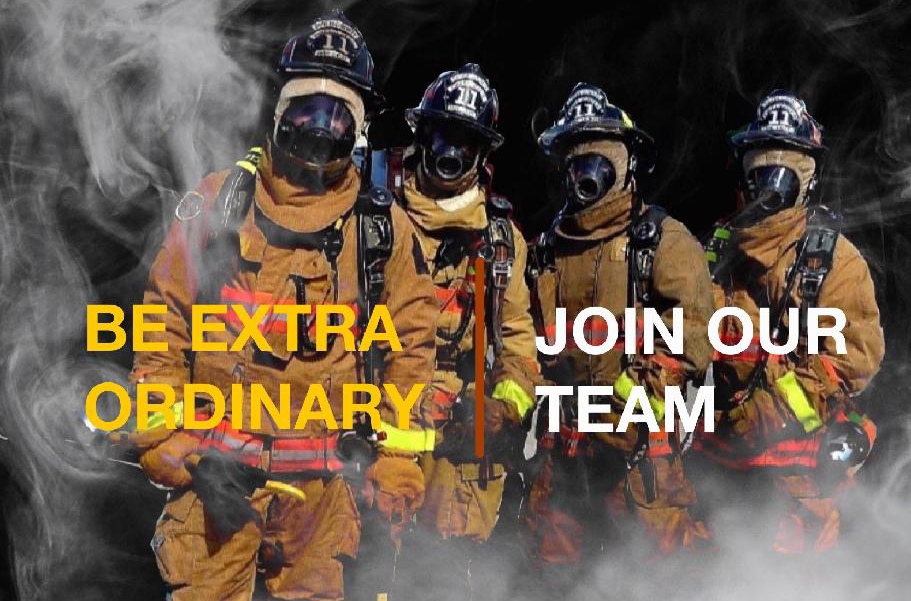Tornadoes
This information comes from Ready.gov and the American Red Cross. Tornadoes are violent storms that can happen anywhere. They can completely destroy well-made structures, uproot trees, bring intense winds of more that 200 miles per hour, and hurl objects through the air like deadly missiles. Source: American Red Cross Source: American Red Cross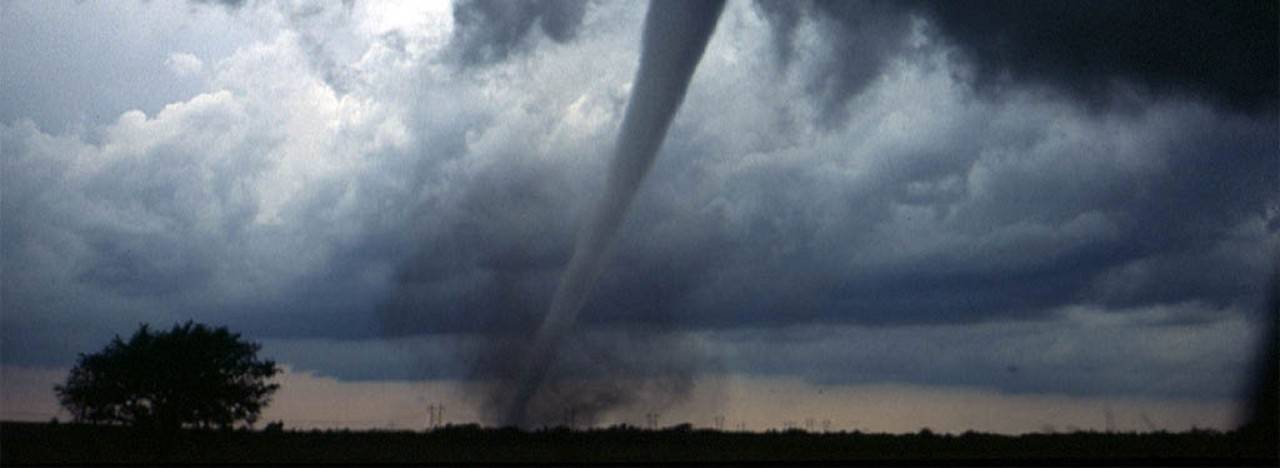
Source: American Red Cross
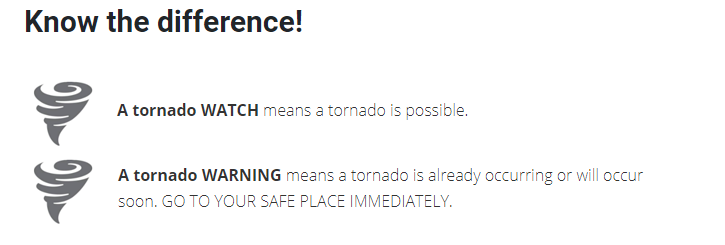
Source: American Red Cross
Emergency Preparedness
Fire Safety Natural Disasters Helpful LinksPreparing for a Tornado
Source: Ready.gov Be prepared in the event of a tornado by:- Knowing your area’s tornado risk. In the United States, the Midwest and the Southeast are at a greater risk for tornadoes.
- Knowing the signs of a tornado, including a rotating, funnel-shaped cloud; an approaching cloud of debris; or a loud roar like a freight train.
- Signing up for your community’s warning system. The Emergency Alert System (EAS) and National Oceanic and Atmospheric Administration (NOAA) Weather Radio also provide emergency alerts. If your community has sirens, become familiar with the warning tone.
- Pay attention to weather reports. Meteorologists can predict when conditions might be right for a tornado.
- Identify and practice going to a safe shelter, such as a safe room built using FEMA criteria or a storm shelter built to ICC 500 standards. The next-best protection is a small, interior, windowless room or the basement or lowest level of a sturdy building.
- Planning for your pet. They’re an important member of your family, so they need to be included in your family’s emergency plan.
- Preparing for a long-term stay at home or sheltering in place by gathering emergency supplies, cleaning supplies, nonperishable foods, water, medical supplies, and medication.
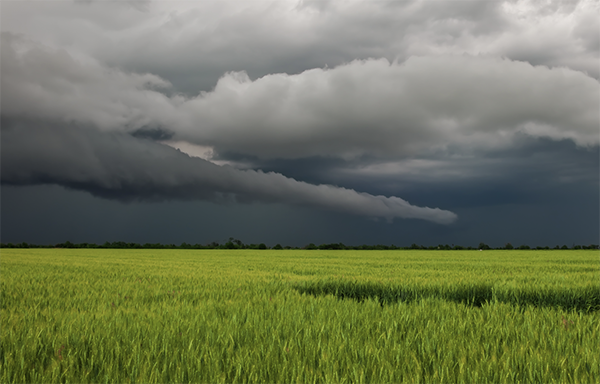
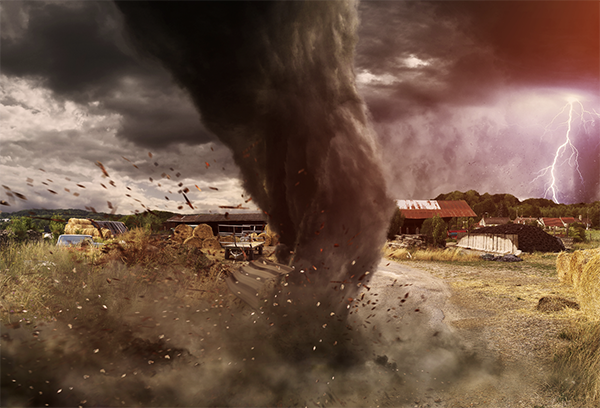
Staying Safe During a Tornado
- Immediately go to a safe location that you’ve identified.
- Pay attention to EAS, NOAA Weather Radio, or local alerting systems for current emergency information and instructions.
- Protect yourself by covering your head or neck with your arms and putting materials such as furniture and blankets around or on top of you.
- Don’t try to outrun a tornado in a vehicle if you’re in a car. If you’re in a car or outdoors and cannot get to a building, cover your head and neck with your arms and cover your body with a coat or blanket, if possible.
Staying Safe After a Tornado
- Pay attention to EAS, NOAA Weather Radio, and local authorities for updated information.
- Stay clear of fallen power lines or broken utility lines.
- Contact your healthcare provider if you’re sick or need medical attention. Wait for further care instructions and continue to shelter in place.
- Wear appropriate gear during clean-up, such as thick-soled shoes, long pants, and work gloves, and use appropriate face coverings or masks if cleaning mold or other debris.
